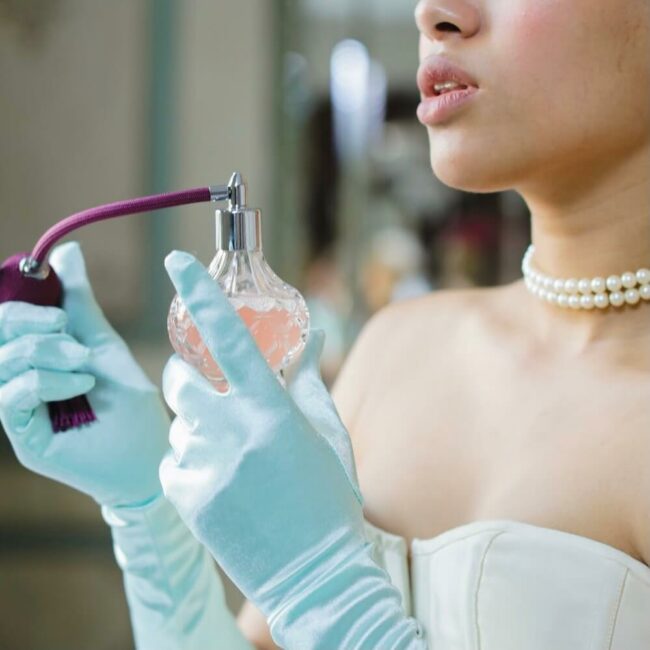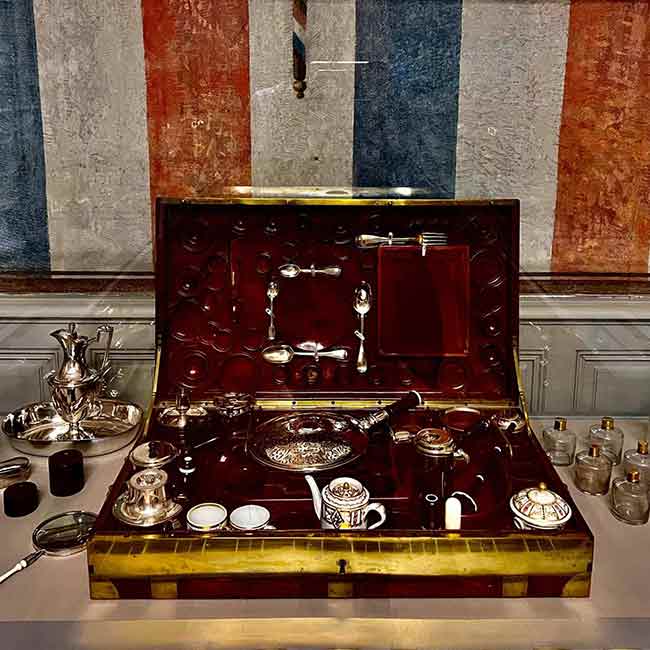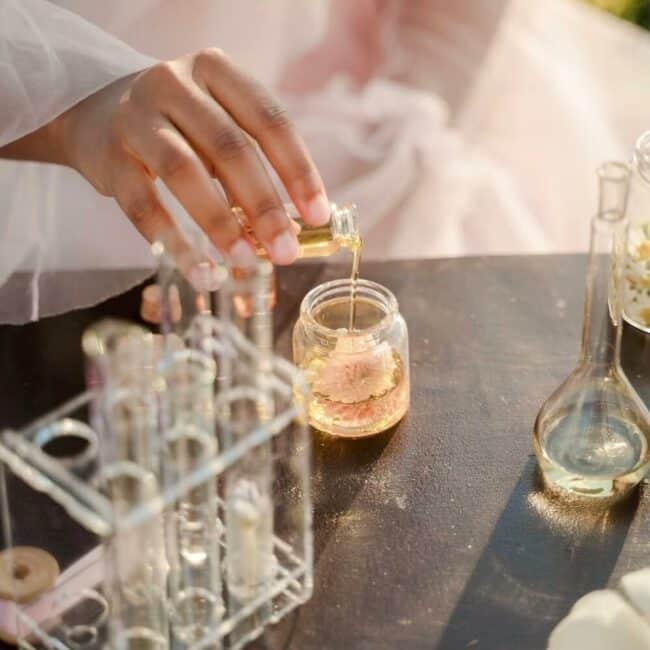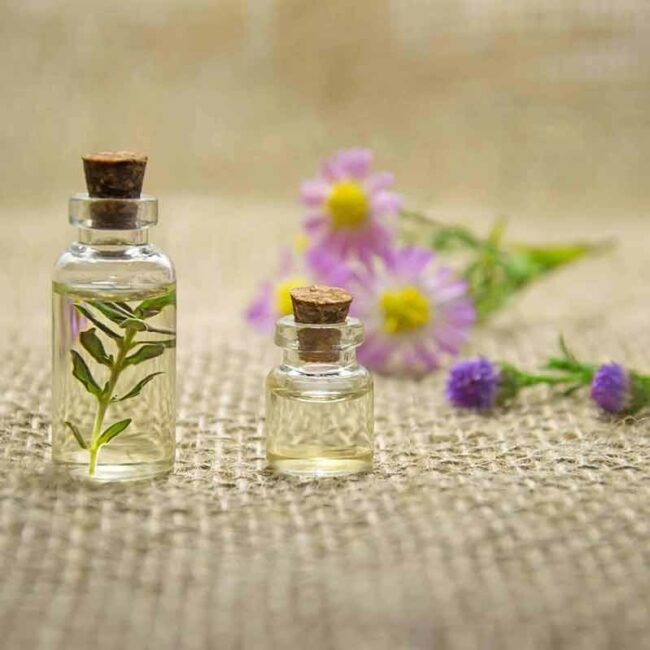
"In perfumed country"
The perfume is part of France's heritage and is deeply linked to its history.
Under the Ancien Régime, during the reign of Louis XV, etiquette dictated the use of a different perfume every day. To be at the cutting edge of fashion, you had to have a powerful trail. Oud, an animal-based raw material, was highly prized for the toilette of the nobility, who were not very fond of water at the time.
His successor, the world-famous King Louis XVI, was also an ardent fan of the art of scent, and has continued to spread the art of perfume from the court of Versailles right up to the present day.
En signe de l’amour que Louis portait à sa femme, Marie-Antoinette, il offrit parmi l’iconic petit Trianon, un jardin dans lequel elle pourrait se délecter de ses fleurs préférées. Ce cadeau répondit également aux standards de mode olfactive de l’époque où les nobles souhaitaient l’apanage des fleurs, synonyme de liberté, de légèreté et surtout de bonne santé. Cette période fut marquée par un regain de la pharmacopée à travers l’influence qu’a pû avoir la diffusion et l’utilisation médicale de l’eau de la Reine de Hongrie (Catherine de Médicis) à la cour, 100 ans plus tôt.
Travel kit belonging to Marie-Antoinette, 1791, Paris. Acquired by the Musée International de la Parfumerie in 1985


Perfume is part of France's heritage and is deeply linked to its history, but above all to its historic know-how. developed from Montpellier to Grasse, all the way to Paris through the incarnation of Fargeon, the gantier-parfumeur to His Majesty.
A know-how that has been perpetuated in today's world, giving the Pays de Grasse its letters of nobility and international renown since 2018, when it was declared "intangible cultural heritage of humanity" by UNESCO for the cultivation of perfume plants, the knowledge of natural raw materials, their transformation and the art of composing perfume.
This historical, geographical and know-how influence has enabled perfume to be democratised over time.
At the beginning of the 20th century, French fashion houses began to consider perfume as an accessory in its own right.
"Fragrances dress us, undress us or can be the finishing touch to our attire".
Paul Poiret was the first to combine perfumery with his fashion house. This was followed by Chanel with the famous N°5, Joy by Jean Patout and many others.
Olfactory art is now an integral part of the luxury houses that use and market them to convey their magical message.

Like contemporary France, perfume is diverse, drawing inspiration from its history and its multicultural present. This enthusiasm for diversity, inclusivity and innovation is helping to develop creativity, particularly through creative, human-scale companies. It also helps to perpetuate France's olfactory heritage, notably through an association: the Osmothèque, premier et unique conservatoire de parfums de l’Histoire qui œuvre à la protection and referencing of perfumes, past and present, since 1990.
Le Studio des Parfums is making a direct contribution to the preservation of this heritage, by sponsoring Worth's 1932 perfume "Je reviens", which is a way for us to support the Conservatoire in its missions.
Olfactively yours,
Le Studio des Parfums, creation of made-to-measure perfumes.